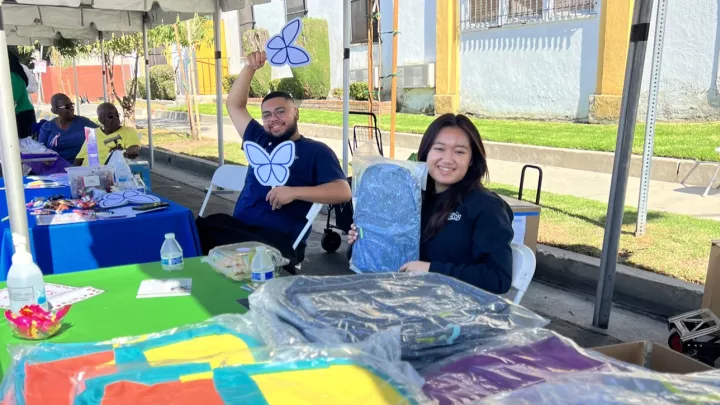The Trauma Program
Our Trauma Program is the only free standing Level I Pediatric Trauma Center in Los Angeles County that is verified by the American College of Surgeons. The Trauma Program includes Acute Injury, Injury Prevention, and Disaster Preparedness.
- Injury Prevention
- Disaster Preparedness
- Safety and Injury Prevention Program
- Emergency and Transport Medicine
- Access and Transfer Center
- Education
- Our Designation
Our Goal
The Trauma Program seeks to combat the most critical health risk for American children. Trauma is the leading cause of death between the ages of one and 14 years nationwide and results in temporary or permanent disability for millions of infants and children annually. Through injury prevention research and program development, our goal is to decrease the number of injuries through education and prevention techniques. If a child should be injured, it is our goal to provide the best multidisciplinary care possible to provide for the best possible outcome.
The Trauma Program provides a complete continuum of pediatric trauma care, combined with an active program of education, research and prevention. More than 8,000 injured patients are seen in the Emergency Department every year — many of which require admission to the hospital. The Trauma Team follows these patients from the time enter the hospital through discharge and are followed up as outpatients through our Trauma Clinic. We strive to provide the best evidence-based care possible to provide the best outcomes for our children and families.
The California Pediatric Trauma Network (CAPTN)
Children’s Hospital Los Angeles led the development of this report focusing on system-wide pediatric trauma care. Along with lead partners from UC Davis Medical Center and California EMS Authority, over 50 stakeholders came together to create recommendations for access, triage, transfer and performance improvement for pediatric trauma.
The Trauma Program continues to advocate for improvements for systems of care in pediatric trauma.
Final Report (PDF)
Research
To reinforce the highest levels of care now and in the future, Trauma Program physicians conduct innovative trauma, injury prevention and disaster-related research. Among the areas of concern are:
- Pediatric emergency medicine
- Transport medicine
- Traumatic injuries
- Emergency preparedness
- Acute dehydration
- Mental health issues
- Pain management



